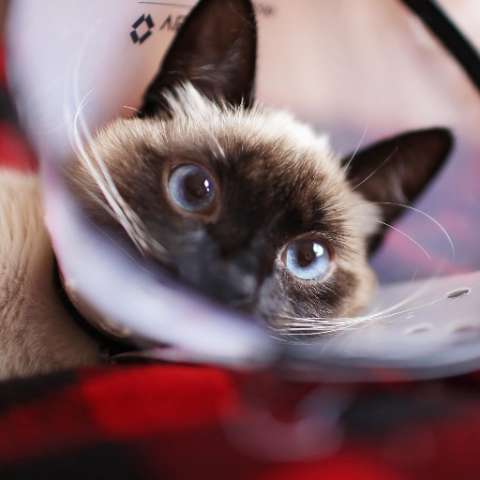A Comprehensive Guide to Cat Surgery - What Pet Owners Need to Know
As a pet owner, you will always want to ensure that your cat is healthy and happy. However, when your furry friend requires surgery, it can be a daunting and challenging experience, for both the pet and the owner. Surgery can be necessary for a variety of reasons, such as tumor removal, trauma, or injury. As such, it is crucial to be informed about the procedure, possible complications, and the steps required for a successful recovery. In this blog post, we will provide you with a comprehensive guide to cat surgery and what pet owners need to know.

Understanding the Procedure: Before your cat undergoes surgery, it is essential to know the type of procedure they will undergo, the risks and benefits, and the expected outcome. For instance, some surgeries may require general anesthesia or a regional nerve block to help keep the cat relaxed and pain-free during the operation. The vet will provide detailed instructions on how to prepare and the pre-surgery protocol for your cat.
Post-Op Recovery: Once the surgery is complete, it is necessary to follow the aftercare instructions provided by the vet. This includes taking care of incision sites, medications, feeding, and monitoring the cat's behavior for any signs of discomfort or pain. Most cats will require close monitoring, and you may need to keep them confined to a small area to avoid any sudden movements or prolonged activity, which could impact the healing process.
Possible Complications: While most cat surgeries are successful, it's essential to understand that with any surgical procedure, there are potential complications. Understanding the risks involved in the procedure and how to identify the warning signs is essential. For instance, excessive bleeding, infection, and breathing difficulties are some of the most common complications that can arise, requiring immediate veterinary attention.
Making a Pet Insurance Claim: Surgery can be expensive for pet owners, and while pet insurance won't prevent your cat from undergoing surgery, it can help ease the financial burden. If your cat is insured, it's essential to understand the terms of the policy and the claims process, including the type of surgeries covered, the associated costs, and the documents required for a successful claim.
Overall, the key to a successful cat surgery is knowledge, preparation, and diligent follow-up care. As a pet owner, it is essential to understand the procedure, post-surgery recovery, complications, and have a plan for managing the financial aspect of the treatment. With the right information and guidance, you can help your cat through the surgical process and ensure a speedy recovery. Remember to maintain regular communication with your vet, follow their instructions and seek assistance if you have any concerns or queries.
Related Articles:
The Benefits of Spaying and Neutering Your Cat
Taking Care of Your Feline Friend - What to Know About Cat Surgery
Giving Your Cat Medicine: It Can be Done!
Spaying and Neutering: Why It's a Must for Cat Owners


Leave a comment